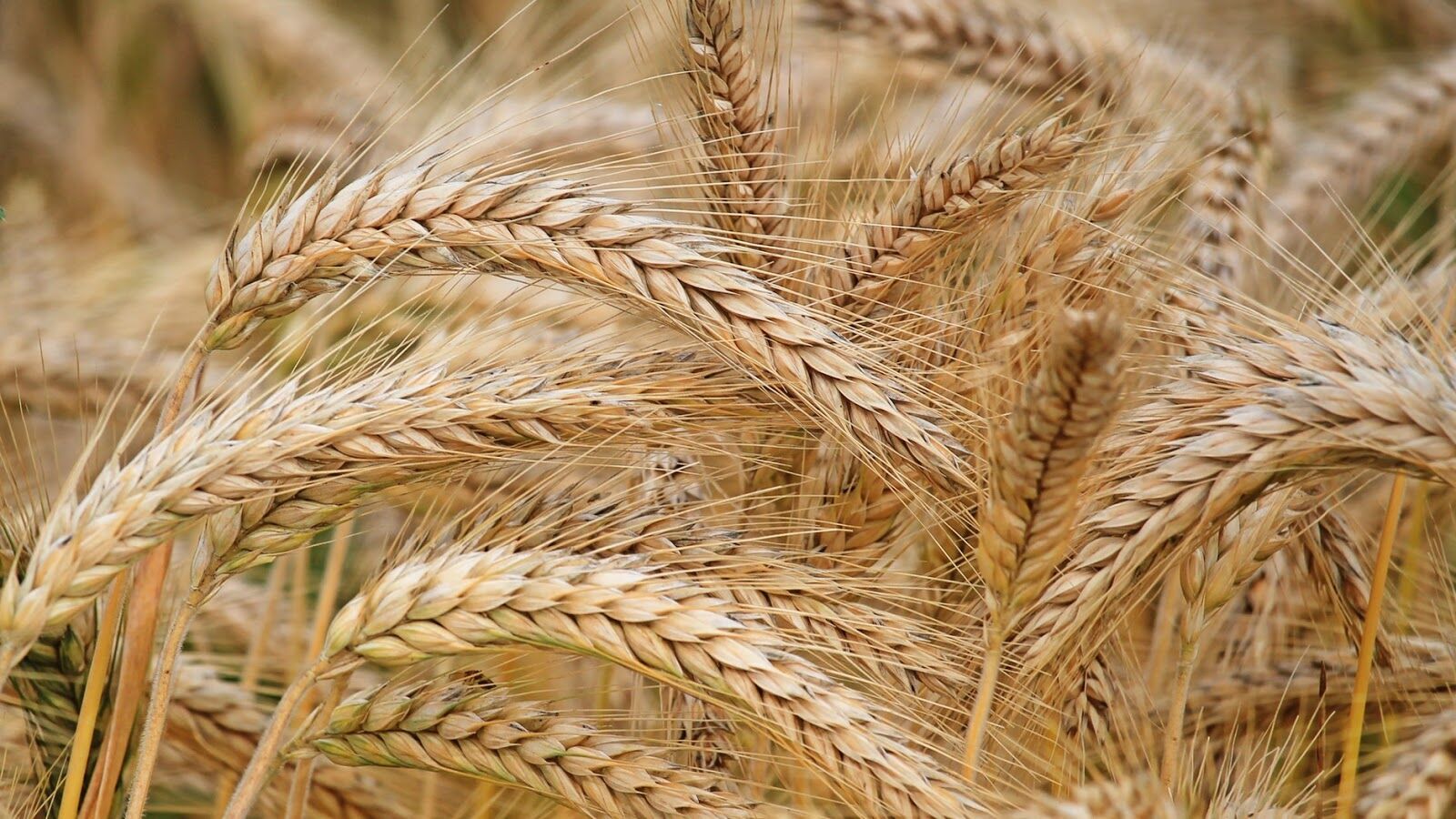Seitan is a high-protein and low-carb meat substitute that is made from wheat gluten and water, and a popular substitute for animal protein among vegans. Does seitan provide any health benefits? Are there any risks to replacing animal protein with wheat gluten? Read on to learn more. 
What is Seitan Made Of?
Seitan is composed of hydrated gluten – the protein found in wheat. It is made by making a dough from a mixture of wheat flour and water. The starch is rinsed away with more water so that the dough becomes pure gluten protein. The gluten dough is used as a meat substitute in vegan or vegetarian dishes; it can be seasoned and cooked much like genuine meat.
As a meat substitute, it’s also called wheat meat, wheat protein, or wheat gluten. You can make your own seitan at home using vital wheat gluten, or purified gluten powder. Most supermarkets also sell pre-made seitan; it can be found in the refrigerated or frozen sections.
Seitan – Nutrient Profile
Seitan is composed mainly of the plant protein, gluten; but it also consists of other nutrients. An ounce of vital wheat gluten is equivalent to one serving of seitan and contains:
- 104 calories
- 21 grams of protein
- 4 grams of carbs
- 0.5 grams of fat
- 16% of the RDI for selenium
- 8% of the RDI for iron
- 7% of the RDI for phosphorus
- 4% of the RDI for calcium
- 3% of the RDI for copper
Some pre-made seitan products may contain additional ingredients for added flavor and improved texture and shelf-life; always check the ingredients list and nutritional information of store-bought seitan to get an accurate nutrient profile.
Plant-Based Protein Source
Seitan serves as a plant-based protein source for vegetarians and vegans. Some pre-made seitan products only contain gluten; others may have added proteins from soy or legumes.
Between 15 and 21 grams of protein is found in a 3-ounce serving of seitan, which is about the same amount that can also be derived from animal protein. Seitan is not a complete protein source, however, as it does not provide lysine, an essential amino acid that we can only get from food. This protein gap can be easily filled, however, by eating plant foods that are rich in lysine, such as beans.
Good Soy Substitute
Vegans usually struggle to meet their daily protein requirement, given their relatively limited food options. Soy is a popular vegan protein substitute, but for individuals with a soy allergy, seitan is a good alternative.
Soy is listed as among the top 8 food allergens in the world; it’s also a common ingredient used in many vegan food products, mostly as a source of plant protein. A vegan or vegetarian with a soy allergy or sensitivity will, therefore, have a much narrower range of food options. Since seitan is made of wheat, it is a safe option for those who cannot consume soy in any form.
Some seitan products sold in supermarkets may contain other ingredients, including soy. So if you’re trying to avoid this ingredient, make sure to always check the ingredients list of any seitan product to make sure it does not contain soy.
How to Use Seitan in Cooking
Seitan has a neutral taste and can easily be flavored for use in a variety of dishes. It can be cooked and served in much the same way as chicken or beef, so it is often used in many hearty, meat dishes. Compared to tofu or tempeh, seitan’s texture is dense and much closer to that of real meat. Seitan can be used in cooking in the following ways:
- Cut into slices or ground like meat;
- Marinated or slathered in barbecue or some other sauce;
- Breaded and deep-fried;
- Simmered in stews or broth;
- Baked, grilled, or steamed;
Seitan is Not 100% “Clean” Food
Seitan has a decent nutrient profile, but is not 100% healthy as it is still highly processed. It is not a “clean” ingredient because it does not naturally exist, but has to be made/processed. Unlike most other processed foods, however, seitan does not have high levels of calories, fat, or sugar, so it does not contribute to obesity.
If you already have a well-balanced diet, adding seitan to your staple foods should not be a problem.
Who Should Avoid Seitan?
Individuals with celiac disease, gluten intolerance/sensitivity, or wheat allergy should not consume seitan. If eating gluten causes bloating, diarrhea, gas, or joint pain, you should eliminate it from your diet for at least a month, and observe if your symptoms go away. You may also want to consult a health professional to figure out if you are not able to properly digest gluten.
The Verdict on Seitan
Seitan is a simple meat substitute made from hydrated wheat gluten and is, therefore, a good protein source and meat substitute for vegans or vegetarians, especially those who cannot consume soy. Composed mainly of gluten, seitan has high levels of protein and is also a good source of other important nutrients. Individuals who cannot tolerate gluten or are allergic to wheat should avoid seitan. It is also important to always check the ingredients of pre-made seitan products as most of these also contain other ingredients aside from wheat gluten and water. If you’re healthy overall and are already consuming a well-balanced diet, adding seitan to your diet should be safe.
